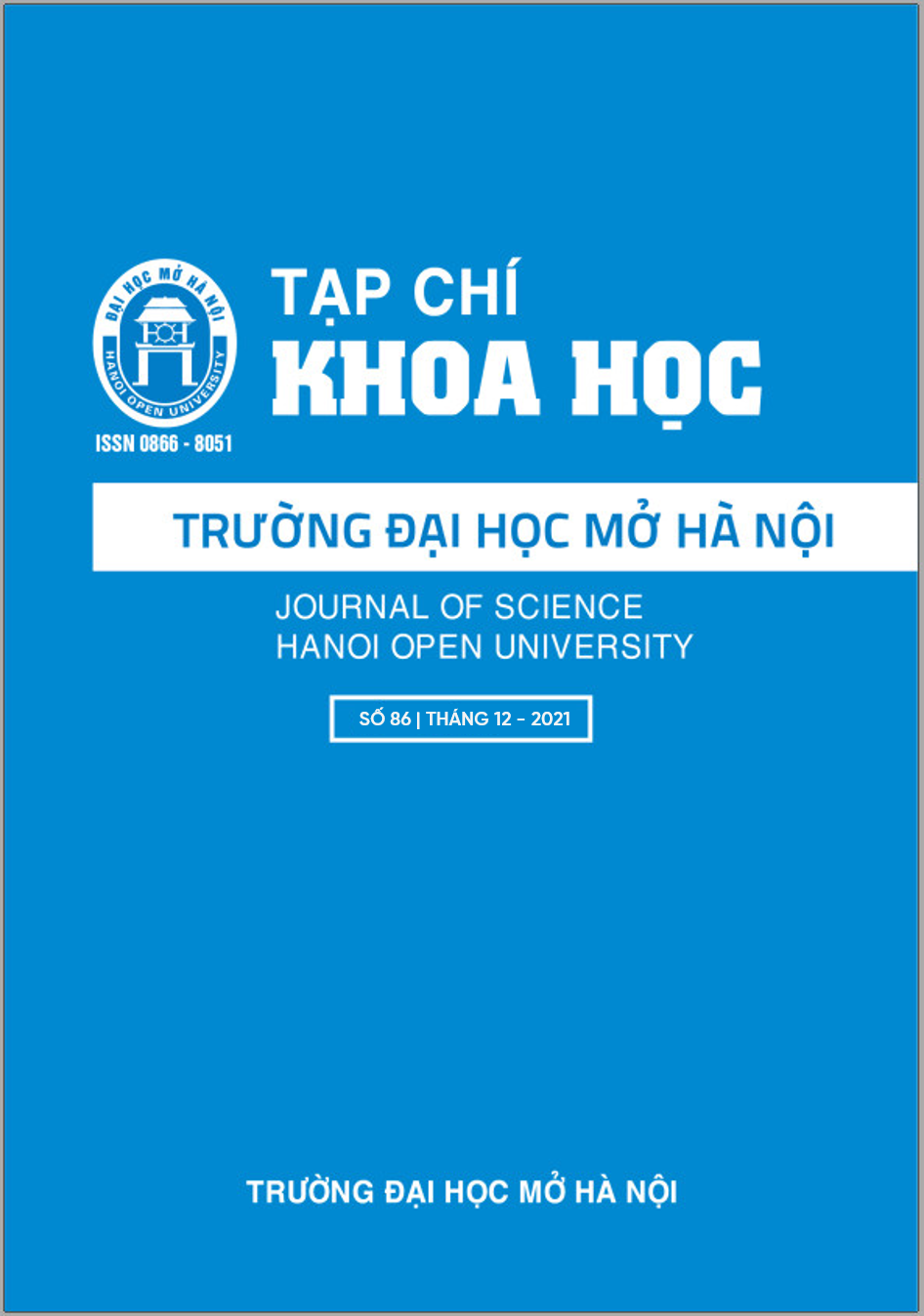VIETNAM’S POSITION ON THE MIDDLE-INCOME TRAP – POLICY IMPLICATIONS
Keywords:
middle-income trap, economic structure, economic upgrading, education, VietnamAbstract
This study uses 4 socio-economic indicators: Income, Economic Structure, Economic Upgrading, and Education to assess the position of Vietnam on the middle-income trap (MIT). The data for analysis were secondary data collected from various sources and was juxtaposed against current economic policies of some selected economies to present a comparative analysis, thereby giving some policy recommendations for Vietnam to escape MIT.
References
Tiếng Anh
[1]. ADB (2011). Asia 2050: Realizing the Asian Century. Asian Development Bank, Manil.
[2]. Aiyar, Shekhar, Romain Duval, Damien Puy D, Yiqun Wu and Longmei Zhang (2013). “Growth Slowdowns and the Middle Income Trap.” IMF Working Paper 13/71. International Monetary Fund, Washington DC.
[3]. Doner, R. F. and B. R. Schneider. “The Middle-Income Trap: More Politics than Economics.” World Politics 68 (No. 4 2016), pp.608-644.
[4]. Eichengreen, Barry, Donghyun Park and Kwanho Shin (2014). “Growth slowdowns redux.” Japan and the World Economy 32 (November 2014), pp. 65-84.
[5]. Gill, Inder and Homi Kharas (2007). An East Asian Renaissance: Ideas for Economic Growth. World Bank, Washington DC
[6]. International Trade Center (2021). Portal for Electronics Database of International Trade Center, Retrieved on 2nd June, 2021, at: https://www.trademap.org
[7]. Lee, K. Schumpeterian (2013). Analysis of Economic Catch-up: Knowledge, Path- creation, and the Middle-Income Trap. Cambridge University Press: New York.
[8]. OECD (2019). “PISA 2018 Results”, Retrieved on 3rd June, 2021, at https:// www.oecd.org/pisa/Combined_Executive_ Summaries_PISA_2018.pdf
[9]. Spence, M. (2011). The Next Convergence. The Future of Economic Growth in a Multispeed World. Farrar, Straus and Giroux: New York.
[10]. Wheatley, A. (2010). “Avoiding the Middle Income Trap.” The New York Times, Issue 25 October 2010.
[11]. World Bank (2010). “Robust Recovery, Rising Risks.” East Asia Pacific Economic Update, Vol. 2, pp. 27-43.
[12]. World Bank (2021). Online data of World Bank, retrieved 2nd June, 2021, at https://data.worldbank.org/,
Tiếng Việt
[13]. Bộ Kế hoạch và Đầu tư (2020), Tình hình thu hút đầu tư trực tiếp nước ngoài của Việt Nam thời gian qua, truy cập 31/5/2021 tại địa chỉ http://ncif.gov.vn/Pages/NewsDetail. aspx?newid=22278
[14]. Hiệp hội Dệt may Việt Nam (2021). Cổng thông tin điện tử của Hiệp hội Dệt may Việt Nam, truy cập ngày 2/6/2021, tại địa chỉ: http://www.vietnamtextile.org.vn/
[15]. Lê Minh Thu (2019), Báo cáo ngành Dệt May Việt Nam, Công ty Cổ phần Chứng khoán Ngân hàng Công thương.
[16]. Tổng cục Thống kê (2021). Trang thông tin điện tử của Tổng cục thống kê, truy cập ngày 3/6/2021, tại địa chỉ https://www.gso. gov.vn/
